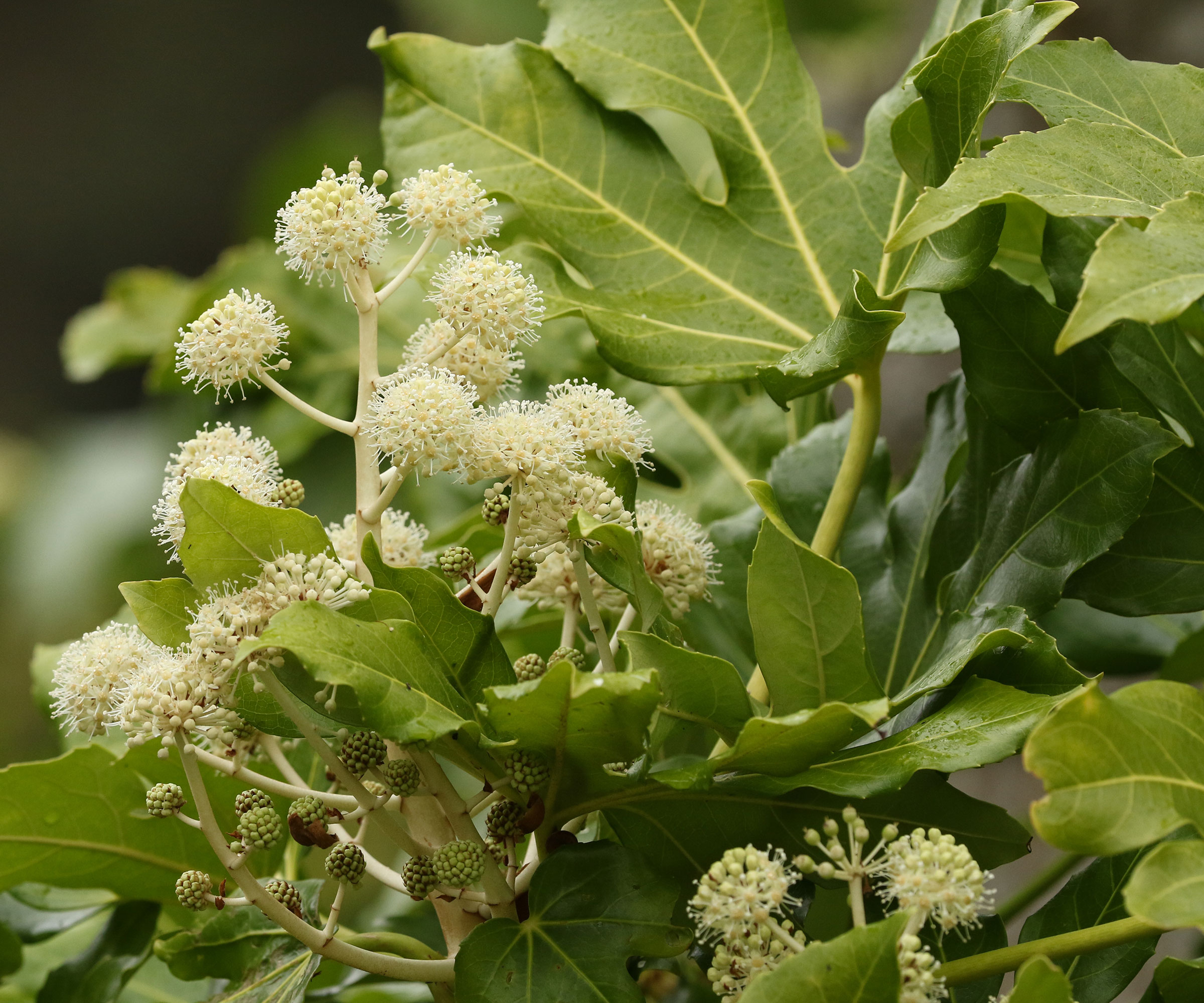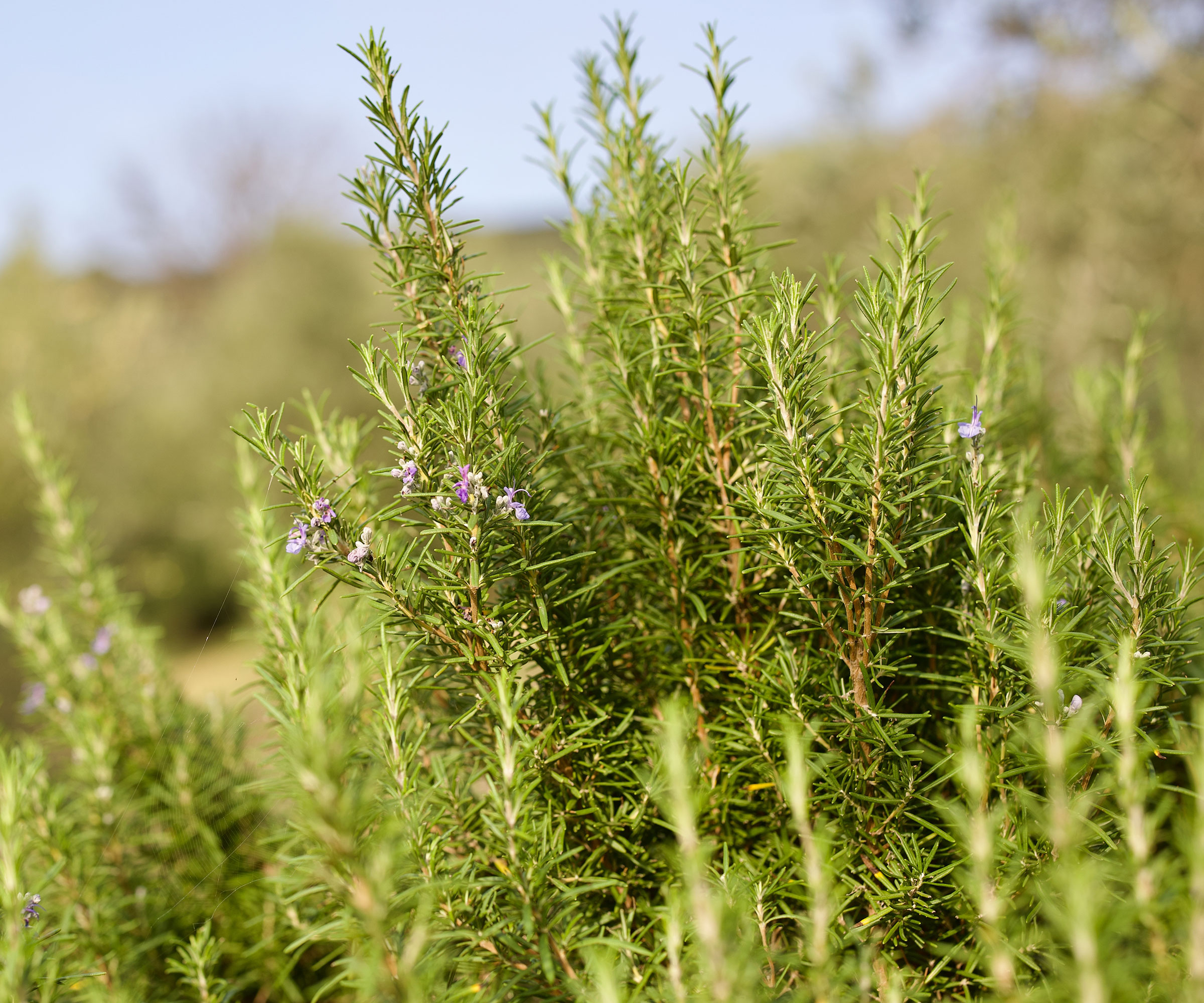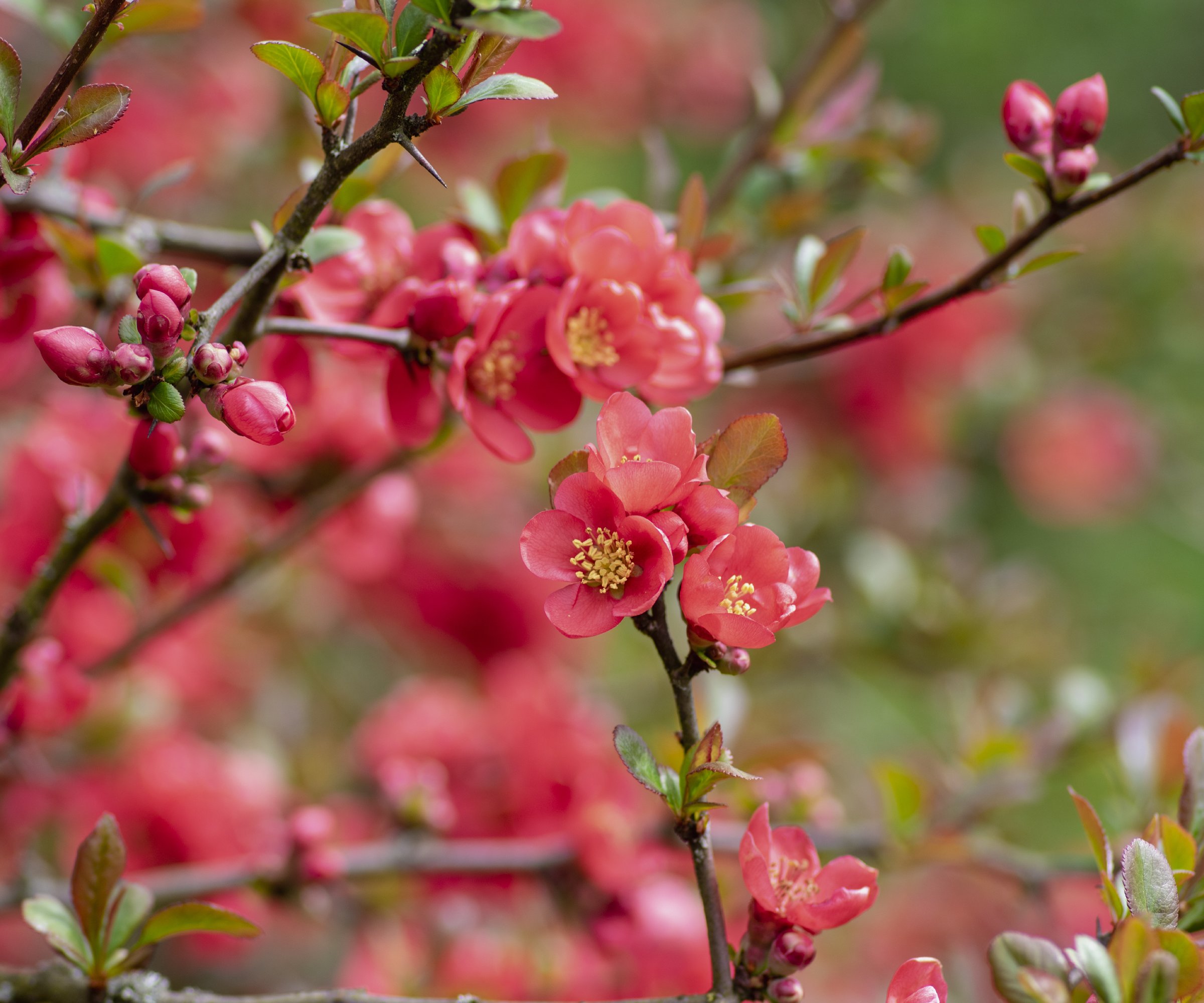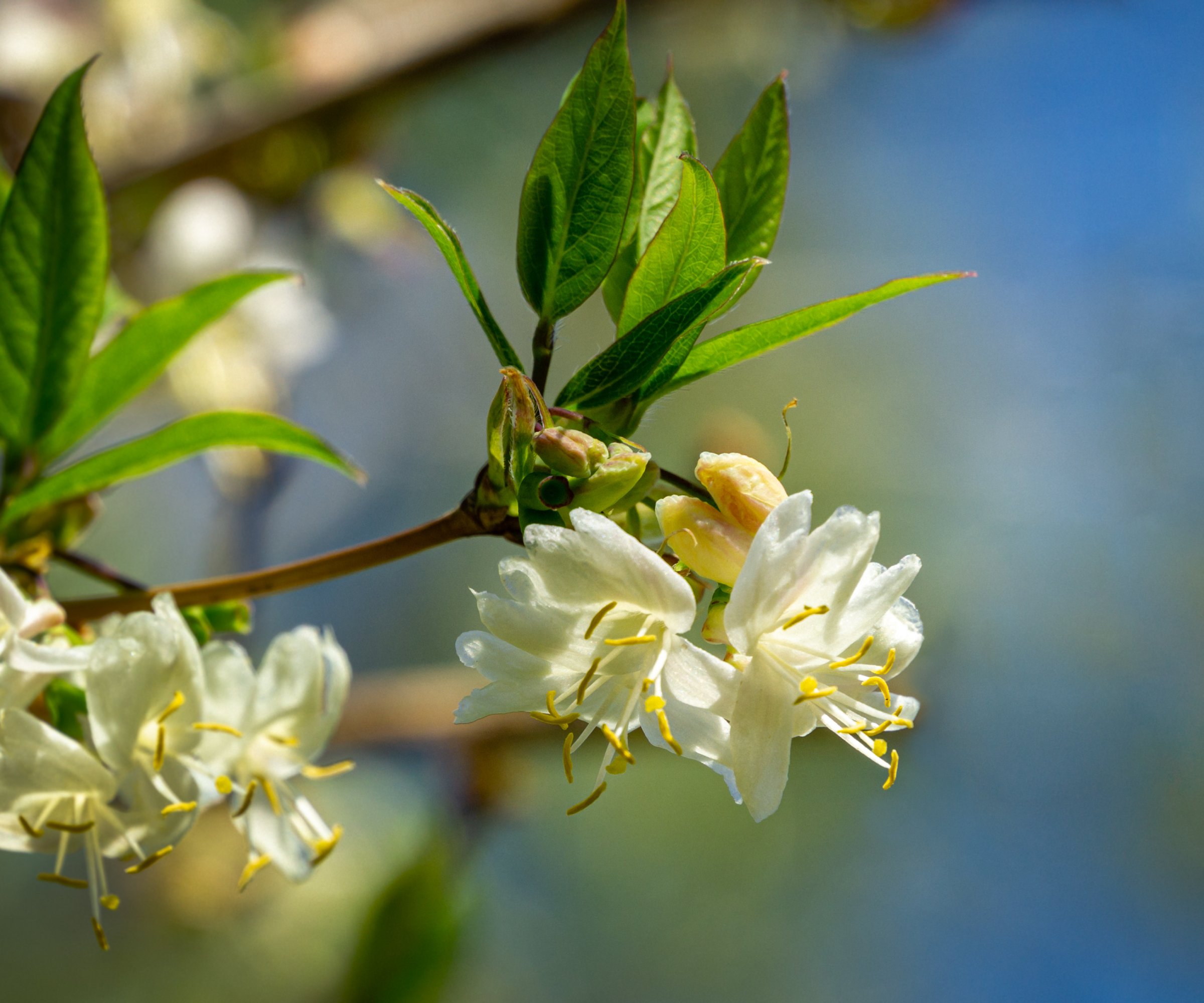7 Wow-Worthy Winter Blooming Shrubs – To Brighten Up A Barren Winter Garden
Don’t settle for a drab winter garden. Plant some winter blooming shrubs that will flower in the cold weather and raise your spirits


I classify winter as that long, bleak period between the last holiday party and the first forsythia blooms. And many gardeners’ that’s one of the bleakest times in the garden – but it doesn’t have to be. Add beauty, fragrance, and hope to the landscape in winter by installing shrubs and bushes that light up the corners of your garden with bright, striking flowers, or, better yet, bright, striking, fragrant flowers! Here are six to consider planting now.
Best Winter Blooming Shrubs
1. Witch Hazel (Hamamelis virginiana)

If you think of witch hazel as a type of astringent, go back a step or two. Witch hazel astringent comes from plants, deciduous winter flowering shrubs – also called witch hazel - that top out around 15 feet (5m). They are native to the eastern U.S., Canada, and Mexico, and both their flowers and fruit appear at the same time, from late fall to late winter.
Witch hazel thrives in USDA zones 3 – 9 and does best in a full sun location in moist, acidic soil with excellent drainage. It offers a dense canopy in spring and summer, but the winter flowers are a key feature, bright yellow and spidery. Easy care, with little pruning and no fertilization required, witch hazel will not tolerate drought. It is the host plant for larvae of the witch hazel dagger moth.
2. Winter Daphne (Daphne odora)

You’d have to look far and wide to find a lovelier flowering shrubs for winter than winter daphne. This evergreen beauty tops out around 4 feet (1.3m) tall and is laden in rosy blossoms in February and March, amazingly fragrant. It is related to the Chinese paperbush, and like that bush, it prefers a partial shade location with top drainage. You can find this shrub with solid green or variegated foliage (green with ivory edging). Best for planting in USDA zones 8 – 9.
Clusters of flower buds appear on the ends of winter daphne’s branches at the end of fall and the beginning of winter. They are reddish purples and intensely fragrant, although white varieties are available. The flowers really stand out against the glossy, forest-green leaves.
3. Fatsia (Fatsia japonica)

Many of us long for a tropical touch in winter, and if you live in a mild winter zone, fatsia may be the best winter shrubs that flower that you are likely to find. Fatsia hails from Japan. It is evergreen, some 6 feet (1m) tall and wide), and its apple-green leaves – each boasting up to 9 fused lobes – start the lush, tropical vibe going. The dramatic foliage is enough of a reason to invite this shrub into your garden, but there’s more.
The flowers are so different from those offered by other blooming bushes that they add automatic drama and flair – and they happen to flower in winter. Each blossom is built of numerous, ivory-colored stalks growing from the center of the bud, each one topped creamy-white knobs. If you’ve never seen a fatsia in winter bloom, you are in for a real treat.
Gardening tips, videos, info and more delivered right to your inbox!
Sign up for the Gardening Know How newsletter today and receive a free copy of our e-book "How to Grow Delicious Tomatoes".
4. Hamamelis Virginiana

This beautiful native plant, whether grown as a tree or shrub, has lovely blue-green foliage in the spring that’s edged with bronze. The foliage darkens in the summer, then in the cold months, the Hamamelis’ leaves light up in a bright yellow. In winter, it shows off with fragrant yellow blossoms. With its attractive gray bark, it’s a beauty in a winter garden. Grow it in full sun or partial shade conditions.
5. Rosemary (Rosmarinus officinalis)

Rosemary might be better known in the kitchen than in the garden, but installing one of these evergreen shrubs in the landscape ensures enough to spice up your meals all year long. Rosemary in the garden looks like the stalk you buy in a farmer’s market – sort of like the branch of a pine tree, with spiky leaves that are deeply aromatic. But of course, the plant is bigger, growing to 6 feet (2m) tall and 2 feet (.6m) wide.
The big surprise comes in late winter when tiny, indigo flowers appear on the branches. This Mediterranean native thrives in USDA hardiness zones 7-12.
6. Flowering Quince (Chaenomeles speciosa)

Here’s a deciduous shrub that will ring in the last chapter of winter with a profusion of flowers. Flowering quince is otherwise a dense, twiggy bush native to China, known for the large thorns on its branches. It shoots up to 10 feet (3.3m) tall and wide, offering a rounded silhouette when in leaf.
Then, in February or March, it earns the “flowering” part of its common name by producing – on naked branches - a heavy load of large, rose-like blossoms. Though short-lived, they are indeed lovely. You can pick different cultivars for different flower colors: ‘Texas Scarlet’ has orange-red flowers, ‘Jet Trails’ has white flowers, and ‘Cameo’ produces peach-pink flowers.
Flowering quince needs a sunny location for full blooming, but it will tolerate light shade. It is not picky about soil. It grows well in USDA zones 5-9.
7. Winter Honeysuckle (Lonicera fragrantissima)

The intoxicating fragrance will light up your senses this winter if you install winter honeysuckle in your garden. This is one of the best winter-flowering shrubs and the delicious, lemony fragrance of their flowers will blow you away. It thrives to USDA zone 5.
Winter honeysuckle is a small deciduous shrub, topping out at about 8 feet (2.3m) in both directions. Its many stems grow arching branches, and the leaves form a rounded canopy. Okay, I admit it’s down on the bottom of my list of the prettiest honeysuckles, and the flowers are so tiny they get lost in the leaf axils. But they produce a fragrance so powerful that one bush will fill the backyard.
Winter honeysuckle does best in sunny locations. It will tolerate most soils.

Teo Spengler is a master gardener and a docent at the San Francisco Botanical Garden, where she hosts public tours. She has studied horticulture and written about nature, trees, plants, and gardening for more than two decades. Her extended family includes some 30 houseplants and hundreds of outdoor plants, including 250 trees, which are her main passion. Spengler currently splits her life between San Francisco and the French Basque Country, though she was raised in Alaska, giving her experience of gardening in a range of climates.
-
 How To Make A Bouquet Garni Or Herb Bundle For Cooking
How To Make A Bouquet Garni Or Herb Bundle For CookingIf you’re a great cook, you may have made an herb bundle before. If this is a new idea, learn how to add sparkle and interest to your dish with a bouquet garni.
By Amy Grant
-
 ‘Coral Charm’ Peony Care For Sublime Semi-Double Peonies With Lush Salmon Pink Flowers
‘Coral Charm’ Peony Care For Sublime Semi-Double Peonies With Lush Salmon Pink FlowersPeonies are known for their soft baby pink or magenta tones, but if plushy coral blooms are your thing, here’s our guide to the ultimate ‘Coral Charm’ peony care
By Tonya Barnett